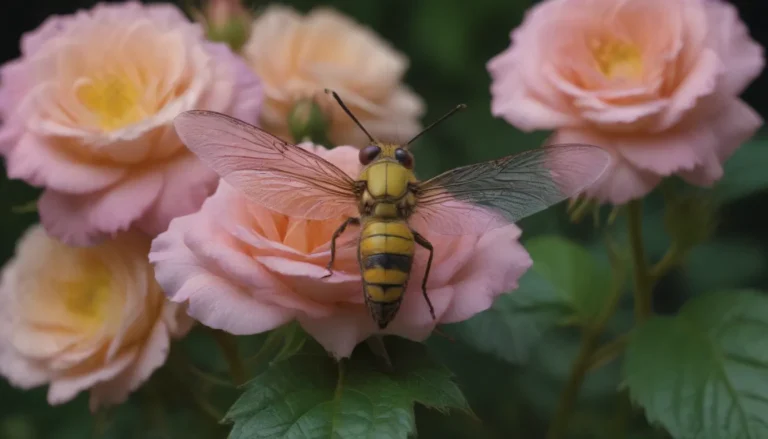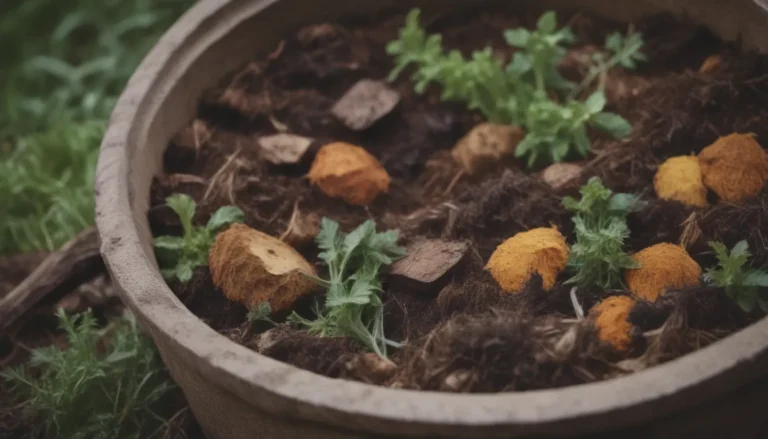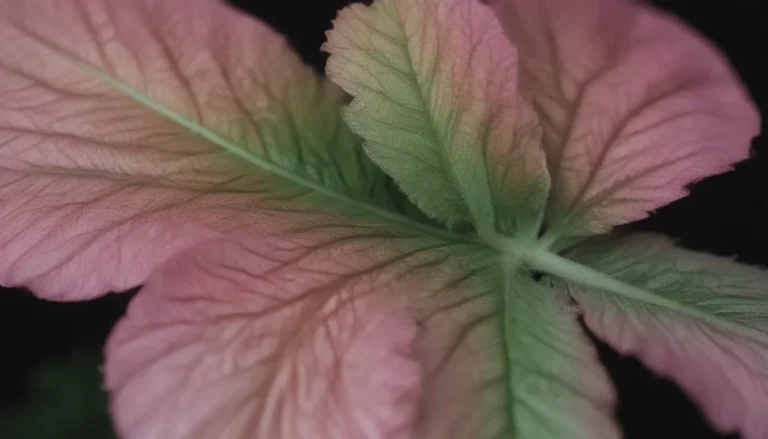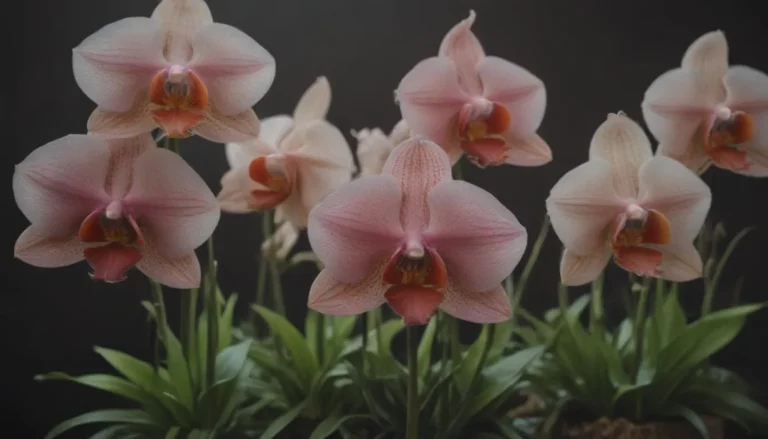The Ultimate Guide to Growing Catnip Plants

If you’re a cat lover or simply looking to add an easy-to-grow herb to your garden, catnip (Nepeta cataria) might just be the plant for you! This herbaceous perennial is not only loved by our feline friends but also adds a lovely touch to any garden with its clusters of small white blooms and gray-green foliage.
What is Catnip?
Catnip is a herbaceous perennial that thrives in much of North America and is known for its square stems, triangular to oval leaves, and clusters of small white blooms with light purple markings. It’s a fast and aggressive grower, which can quickly spread if not properly maintained.
Benefits of Growing Catnip
- Catnip is easy to grow and requires very little maintenance.
- It attracts bees and other pollinators to your garden.
- It can be used in teas, cat toys, sachets, and more.
How to Plant Catnip
When to Plant
Plant catnip in the spring after the threat of frost has passed. You can start catnip seeds indoors about six weeks before your projected last frost date to get a head start on the growing season.
Selecting a Planting Site
Choose a sunny location with well-drained soil for your catnip plants. Keep in mind that catnip can be invasive, so planting it in a container or a raised garden bed can help contain its spread.
Spacing, Depth, and Support
Space catnip plants 18 to 24 inches apart in the garden and plant them at the same depth they were in their previous container. Catnip typically does not require a support structure.
Catnip Plant Care
Light
Catnip prefers full sun but may benefit from some afternoon shade in hot climates. Make sure your catnip plant receives at least six hours of direct sunlight each day.
Soil
Catnip is not picky about its soil as long as it has good drainage. A sandy or loamy soil with a slightly acidic to slightly alkaline pH is ideal for catnip.
Water
Catnip is drought-tolerant, so be careful not to overwater. Water seedlings lightly and mature plants only during prolonged periods of drought.
Temperature and Humidity
Catnip thrives in temperatures between 55 and 85 degrees Fahrenheit and may struggle in hot, humid climates. Good air circulation can help prevent fungal growth.
Fertilizer
Catnip typically does not require additional feeding, but you can mix compost into the soil at planting time or use a layer of compost each spring if needed.
Pollination
Catnip is a self-pollinating plant that will attract bees and other pollinators to your garden.
Types of Catnip
Aside from Nepeta cataria, there are several other plants that go by the name catnip, including Nepeta citriodora, Nepeta camphorata, and Nepeta parnassica.
Catnip vs. Catmint
Catnip is often confused with catmint (Nepeta mussinii), but they have some key differences. Catmint has a longer blooming period, purple flowers, and does not attract cats like catnip does.
Harvesting Catnip
Harvest catnip when it’s in bloom for the best flavor and aroma. Hang the stems upside-down in a dark, dry space to dry them before use in teas, sachets, or cat toys.
How to Grow Catnip in Pots
Growing catnip in pots is a great option to prevent its spread. Use a container with good drainage and well-draining potting mix to keep your catnip happy.
Pruning
To keep catnip from spreading too much, prune off flowers as they begin to degrade and cut back new sprouts from underground runners. Pinch back stems on young plants to encourage bushier growth.
Propagating Catnip
Catnip can be propagated via cuttings or division. Taking cuttings in the spring or dividing mature plants are both effective ways to propagate catnip.
How to Grow Catnip From Seed
Start catnip seeds indoors before the last frost date in the spring by soaking them overnight and planting them about 1/8 inch deep in a tray filled with moistened seed-starting mix.
Potting and Repotting
Potted catnip plants may require more water and food than those grown in the ground. Repot your catnip when roots start to grow out of the drainage holes or when the plant becomes root-bound.
Overwintering
Catnip typically overwinters well within its growing zones. Cut back tender growth in the fall and avoid watering the plant during the winter to prevent root rot.
Common Pests and Plant Diseases
Catnip is relatively pest and disease-free but may be susceptible to root rot if overwatered. Protect your plant from cats by placing garden fencing around it or growing it in a container.
In Conclusion
Growing catnip plants can be a rewarding experience that benefits both you and your furry friends. With its easy care requirements and versatile uses, catnip is a great addition to any garden. So go ahead, plant some catnip, and watch it thrive in your landscape!





